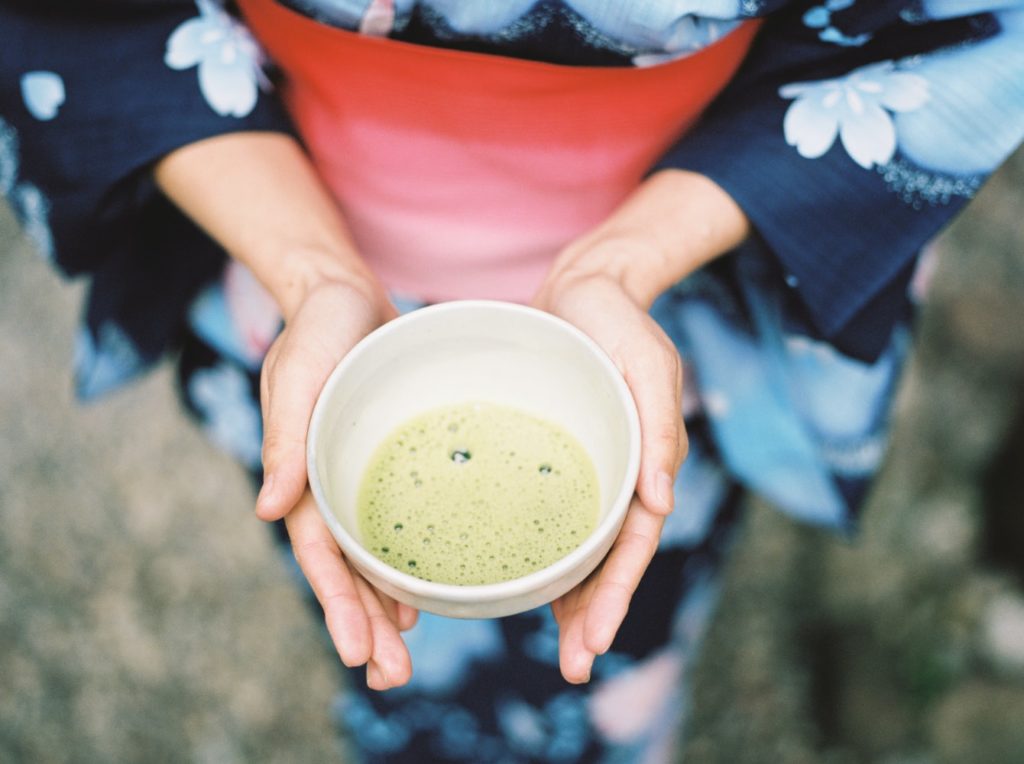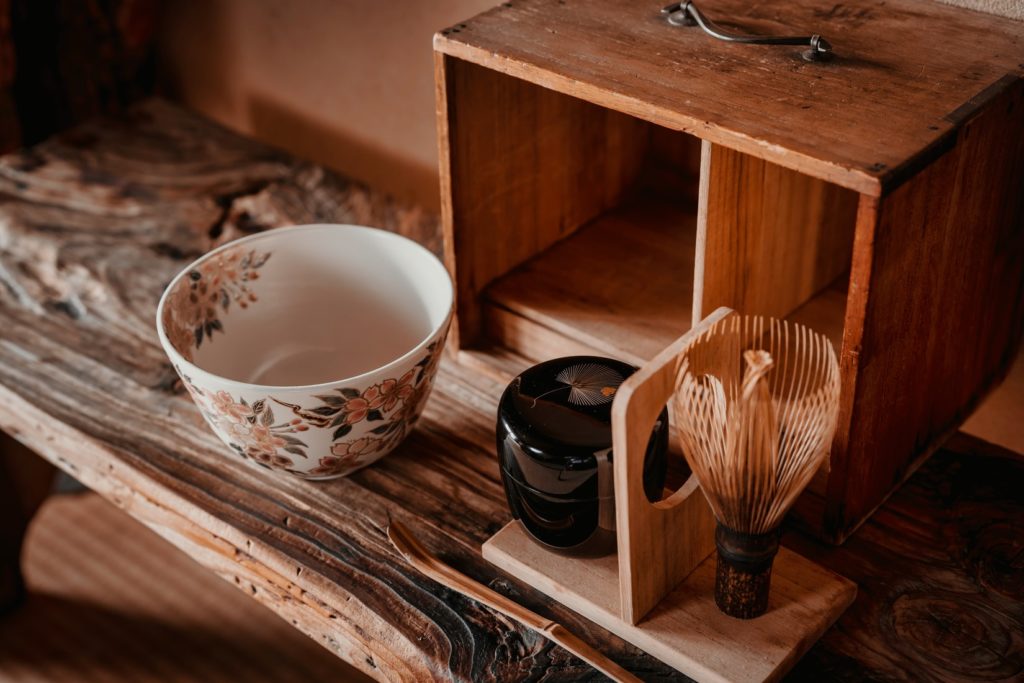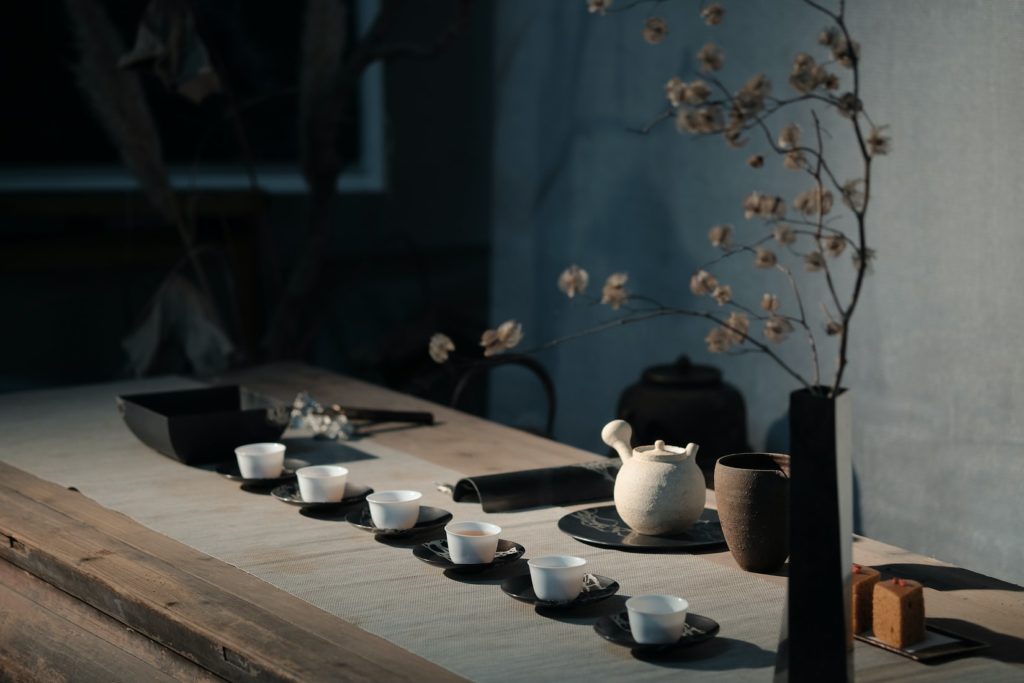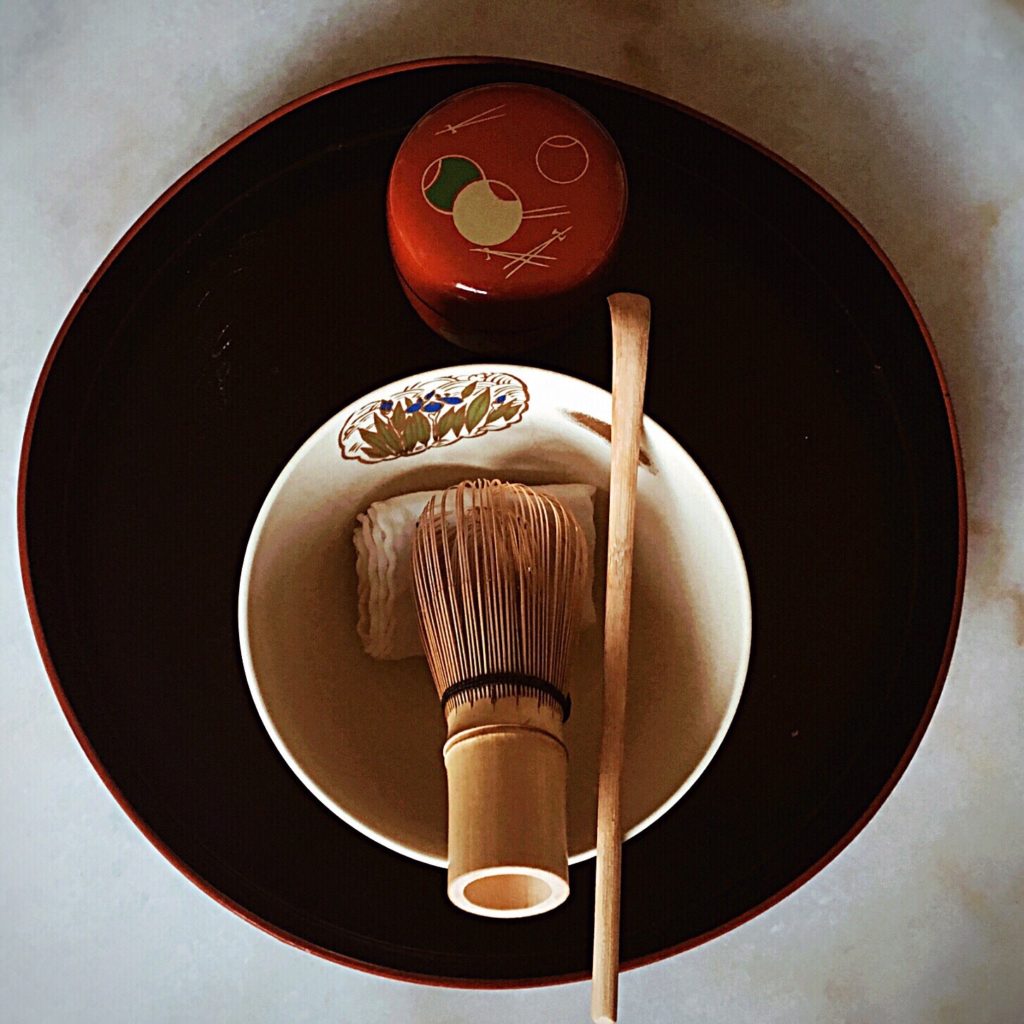The Art of the Japanese Tea Ceremony
The tea ceremony has a special place in Japanese culture. Preparing and drinking tea is a meditative process that brings tranquillity, and balance to participators, by allowing them to forget about the daily problems and immerse themselves into the way of the tea.
The ceremony also allows guests to enjoy the traditional Japanese hospitality and get to know the Japanese philosophy of living. In Japanese, the ritual of preparing and serving tea is usually called sadÅ or chadÅ, “the way of the tea” but is sometimes also referred to as ocha, a Japanese word for “tea” or chanoyu, meaning “hot water for tea”.

Check our upcoming events selected for you:
Why is the Japanese Tea Ceremony Important?
In Japan, a tea ceremony is a spiritual process, deeply rooted in Zen philosophy. The process is aimed at bringing harmony and inner peace to guests, by allowing them to take a break from the outside world and focus on the simple, transitory moment of serving and drinking tea. The traditional tea ceremony can last up to four hours, and it is composed of three steps – a meal, a serving of thick and thin tea. However, today, most places offer simplified versions of Japanese tea ceremonies, which focus on the ritual serving of thin tea.
Japanese Tea Garden and Tea Room
Traditionally, Japanese tea ceremonies take place in minimalist tearooms decorated with tatami mats, seasonal flowers and hanging scrolls. The tearoom is usually placed in a teahouse in a tea garden, specifically designed to improve the feeling of tranquillity and help you immerse yourself into the ceremony. The gardens are humble and simple, devoid of flashy flower arrangements, intensive scents and anything that can distract guests from the meditative state of a tea ceremony.
The road to the teahouse is usually paved with stones, and visitors are encouraged to wash their hands on a stone lantern before entering. Apart from practical, hand washing also has metaphoric importance, as it symbolises removing the dirt of the outside world before entering a spiritual place.
The entrance is usually low, which forces people to bow down thus showing their humility and respect. Inside the tearoom, guests will be asked to kneel on the specially prepared cushions, while the ceremony master prepares the tea right in front of them.

Japanese Tea Ceremony Steps
The preparation and the serving of the tea are carefully choreographed. The master prepares his or her tools with graceful movements evoking the feeling of comfort and hospitality. The tools usually include a tea bowl, kettle, brazier, tea and sweets container, a scoop and a whisk. When the water is boiled, the ceremony master will take a silk cloth called fukusa from the kimono sash and inspect it, before using it to remove the kettle from the stove. Hot water is then poured into a bowl that already contains tea powder and vigorously whisked to create foam. When the tea is ready it is served in specially selected teacups. It’s important to mention that every Japanese tea ceremony is a unique experience. The cups and decorations are chosen specifically to honour the individuality of every guest, and the combination of elements is always unique.
How to Drink Japanese Tea
Though most foreigners are not expected to know the exact Japanese tea ceremony etiquette, knowing at least the basics won’t hurt. Traditionally, once the cup is placed on the tatami mat in front of the guests, they are expected to bow down to show their gratitude. Then a guest should lift the teacup with his or her right hand and put it on the left palm, to allow for an easy inspection. This is when guests take the time to examine the decorations and symbols on the cup. Before drinking, guests should turn the teacup around 90 degrees clockwise, to avoid drinking from the bowl’s decorative front. The tea is usually drunk in a few small sips. When done, the cup is returned to the tatami mat, and guests are expected to bow once again showing their gratitude. If they want, guests can have another round of tea. If not, they should wait until the ceremony master cleans everything and returns it to its place, thus marking the end of the ceremony.

The Japanese Tea Ceremony Etiquette
The guests are advised not to wear strong perfumes, flashy jewellery or statement pieces, since they can distract from the ceremony. The shoes will have to be taken off before the ceremony, and the guests will enter the teahouse barefooted. Small talk is frowned upon since it can distract from the ritual. Since guests are expected to drink from the same cup, it is advised to turn a cup a little bit before taking a sip, to avoid drinking at the same part as other guests. Also, guests are expected to wipe the place where they drunk for hygienic purposes. Sometimes apart from the tea, guests are given small, rounded Japanese sweets called wagashi, made from bean paste. The sweets are served and eaten before the tea arrives.
Philosophy in a Tea Cup
A Japanese tea ceremony is a spiritual ritual of savouring the moment, enjoying inner peace and creating a strong bond with guests. You can practice it at home if you want to unwind, or stage the ceremony for your friends. If that sounds like fun, you might want to sign up for an expert lecture Philosophy in a Tea Cup: an ancient art of Japanese tea ceremony, that will be held online April 21 (@ 6:00 pm – 7:00 pm BST). There you will learn how to slow down, absorb the imperfection of everyday life and create a strong relationship with others, through a simple act of drinking tea.
Join our talk on ‘Philosophy in a Cup: an ancient art of Japanese tea ceremony’
register online today! RSVP ->


Leave a Reply